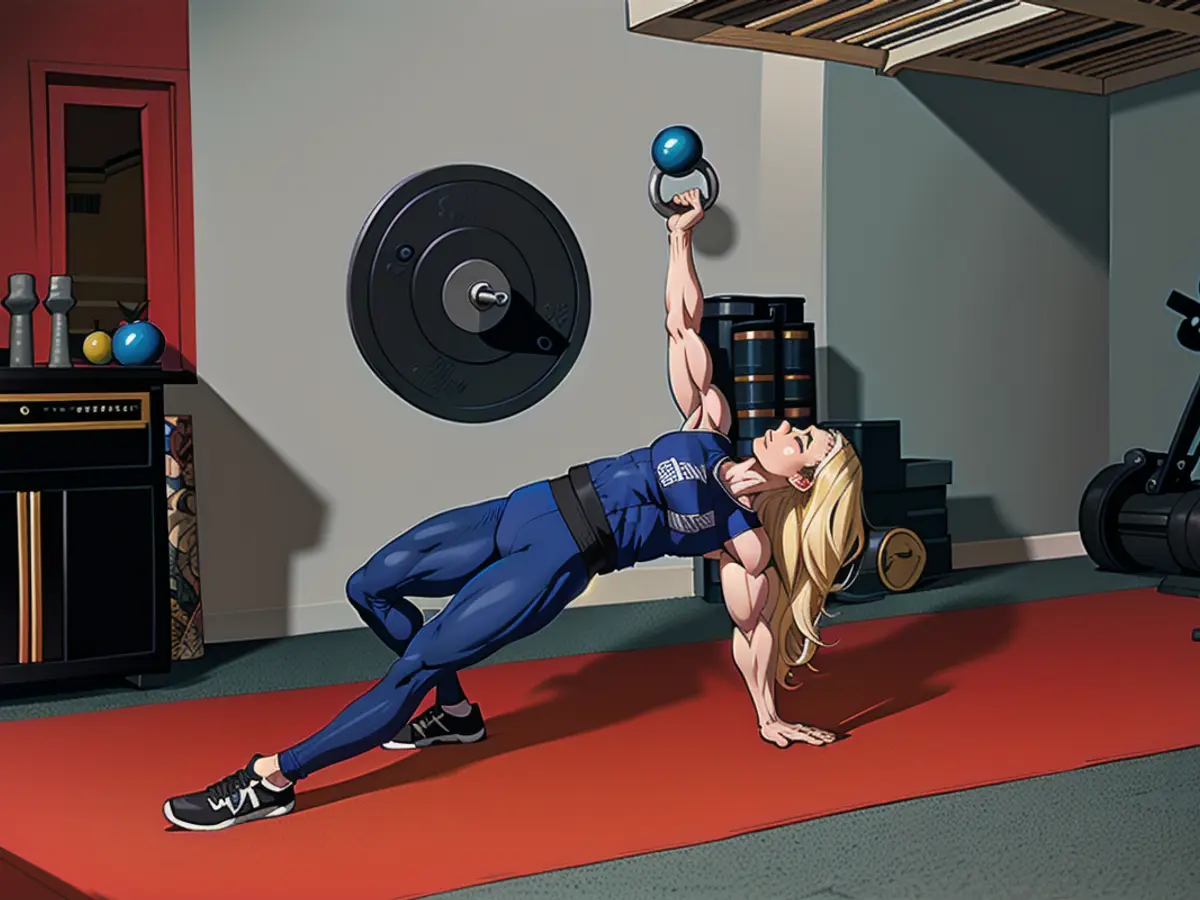Unveiling Five Tips for Enhanced Mobility and Preventing Undue Injury
Even though simple tasks like walking can seem harmless, they can still lead to accidents like tripping or losing balance. These mishaps make up a large portion of emergency room visits, with over 9 million cases every year, according to the US Centers for Disease Control and Prevention. Nearly a quarter of older adults report falling annually.
These incidents emphasize how significant it is to comprehend the correct mechanics of movement to avert unnecessary harm. Here are five fundamental strategies to fix subpar movement patterns, boost quality, and reduce the chance of injury.
What are 'wrong moves'?
Moving incorrectly usually occurs when we don't move often enough. The popular saying "move it or lose it" holds true. Our bodies are built for motion, yet our modern, stationary lifestyles often overlook the importance of being active. The less we move, the less we can perform daily tasks. Additionally, these improper movements can create harm.
Knowing the difference between right and wrong movements is essential to staying injury-free. Each joint in our body serves a unique purpose, allowing our limbs to move in specific ways. For instance, ball-and-socket joints, like the hips and shoulders, allow for rotation in all directions, while hinge joints, like the knees, provide less mobility. The thoracic spine, located in the middle of your spine, is designed to rotate, but the lower back or lumbar spine is not. Your core muscles must support and stabilize your body during carrying or lifting actions to prevent lower back strain.
When you attempt to rotate from your lumbar spine to leave your car or ask your knees to compensate for a lack of hip flexibility in your golf swing, you're engaging in incorrect movements. Also, bending over to pet your cat without activating your hips or knees, or carrying heavy groceries without engaging your core to stabilize your spine are other examples of incorrect movements. All these actions put undue pressure on your joints, ligaments, and muscles. Persisting with improper movements increases your risk of injury and can gradually reduce your overall functional performance.
Editor's note: Always consult your doctor before starting any new exercise program.
How to make the right moves
Being able to move with ease and without harm demands understanding how our bodies function and how to use them properly. Here are five vital strategies to help you make the right moves:
1. Master primary movement patterns
Our bodies undergo certain movements daily, like squatting, hinging, pushing, pulling, rotating, and core stabilization. Understanding these primary movements and practicing them with good form will create a sturdy foundation for safe and efficient movement in daily life.
2. Move in all three planes of motion
As you interact with the world, you need to bend down, stretch out, twist, and lift. These actions occur in three planes: sagittal, frontal, and transverse. Consider some examples:
- Sagittal plane: Forward-backward movements, like squatting.
- Frontal plane: Side-to-side movements, such as walking.
- Transverse plane: Rotational movements, like turning your upper body to grab a door handle.

It's important to include exercises in all three planes within your training routine to be ready for the varying demands of life.
3. Practice balance training
Adding balance exercises to your training regimen will improve your body's ability to maintain stability. This helps you navigate challenging situations and sudden changes in direction, reducing the risk of falls and injuries.
Unilateral exercises, like single-leg Romanian deadlifts and single-leg lunges, engage your body's neuromuscular system, promoting coordination and spatial awareness. Remember to incorporate balance-focused exercises into your workouts regularly.
4. Engage in regular strength training
Strength training isn't just about bulking up your muscles. It also increases bone density, joint stability, endurance, metabolism, and overall toughness. The Physical Activity Guidelines for Americans suggest that adults should do strength training at least twice a week.
Try mixing up your workouts to target various muscle groups through all primary movement patterns while maintaining good form. Strong muscles support your joints, making functional movement safer.
5. Develop a strong mind-body connection
Being aware of how your body feels as you exercise is key to moving correctly and safely. Stay mindful of your breath and body sensations, which keeps you in touch with your body's movements and helps maintain proper form.
To boost movement efficiency and minimize the likelihood of untoward accidents, pay attention to that connection between your mind and body. Focusing on progressive muscle relaxation can help strengthen your mind-body connection. Make it a habit to practice this exercise multiple times per week.
Want to enhance your physical abilities and minimize those pesky injuries caused by wrong moves? Give the 10-minute single dumbbell workout you see here a try. It encompasses all five strategies for ideal movement.
Keep in mind that injury prevention starts with grasping correct movement mechanics and continually practicing functional body movements. Implementing the methods pointed out here into your fitness regimen and daily life can significantly up your game and decrease the possibility of unneeded mishaps.


Read also:
- No food or coffee for three days, just juice, juice, juice instead: a field report
- How to get rid of the flu if you have caught it
- Doctors warn of penis fractures and other injuries during the Christmas season
- Corona or flu epidemic? These pathogens are making us cough and sniffle right now
Incorrect movements, such as bending over to pet a cat without engaging the hips or knees, can put undue pressure on joints and increase the risk of injury. Engaging in regular strength training, focusing on primary movement patterns and all three planes of motion, can help prevent these injuries by building strong muscles and improving joint stability.
Source: edition.cnn.com








